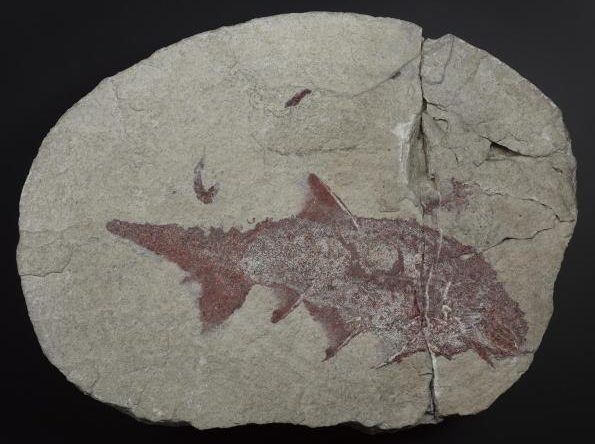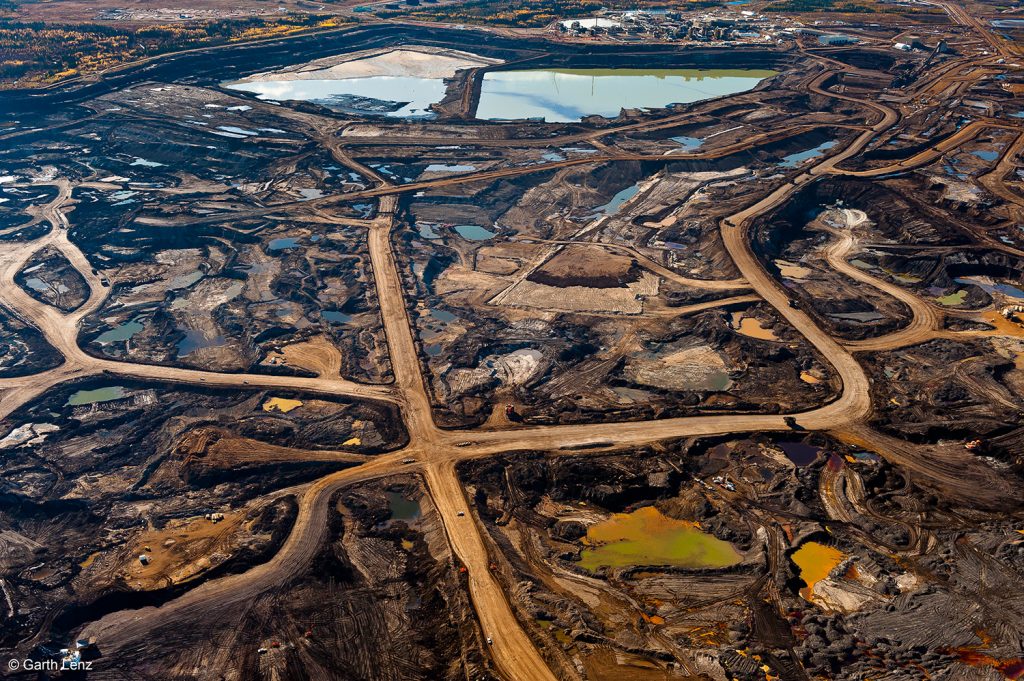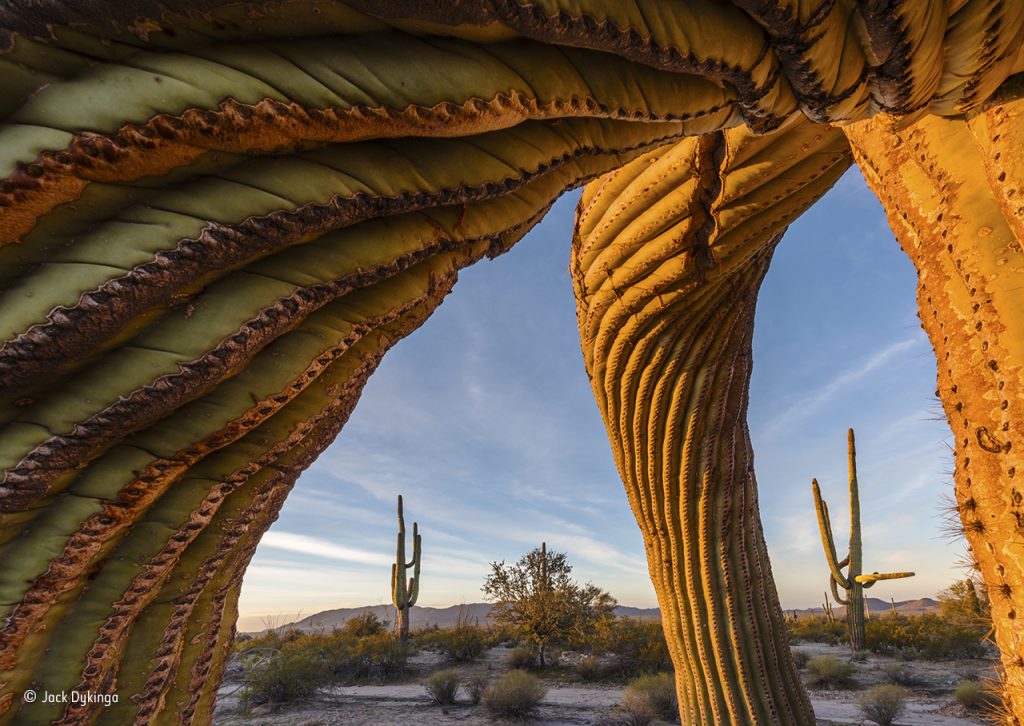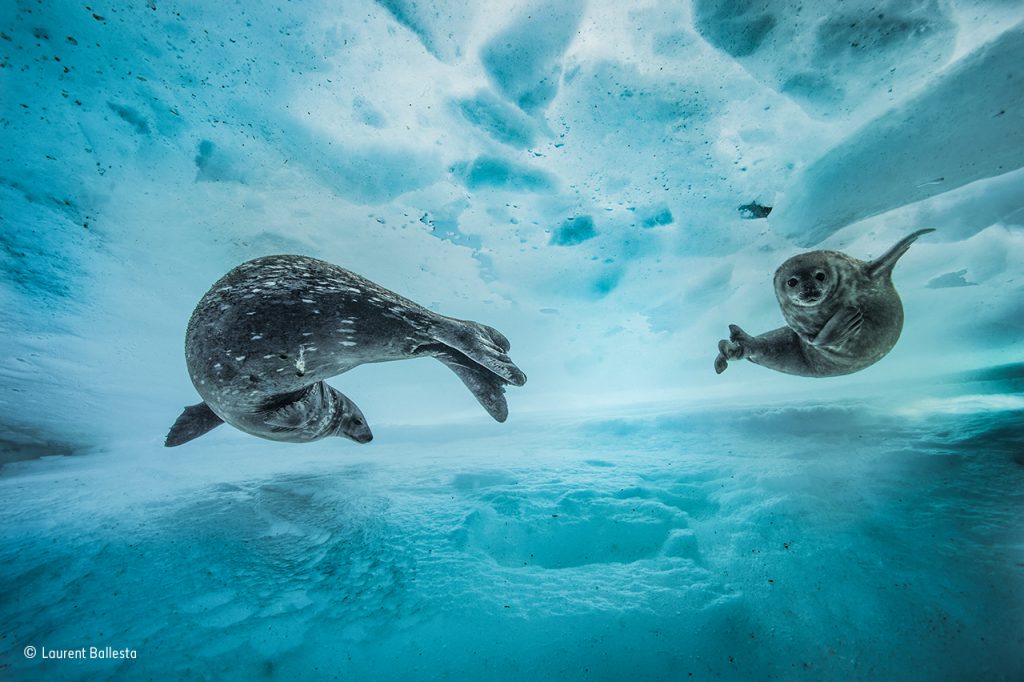Wildlife and natural sciences have always interested me, so I was delighted and somewhat daunted when I was told on my first day of work experience at the National Museum of Scotland that I was getting the chance to talk to the Keeper of Natural Sciences, Nick Fraser, about the new Wildlife Photographer of the Year exhibition that will be coming to the museum in January.
For someone who worries a lot about social situations, the prospect of the interview was slightly nerve-wracking. However, Nick is not the sort of person who you can feel self-conscious talking to, and he immediately made me feel more comfortable. Sitting in the museum’s café among all the familiar background noise, I asked him my first question about his role as Keeper of Natural Sciences, and proceeded to be awed by the passion with which he spoke about his job. He reflected that it was the complexity of life, and its evolution and survival that made him want to pursue a career in natural sciences. He went to school in Lewes, the home of the man credited with naming the first dinosaurs and an area filled with fossils, and he laughed as he added, “But I was more interested in bugs.”
As Scotland is a very small country, I hadn’t previously thought it was very significant in terms of global research into natural sciences and yet Nick challenged this opinion, explaining that Scotland does have a role in natural sciences today. “Scotland is the home of geology. James Hutton”, a Scottish chemist, geologist and naturalist, “is considered to be the father of geology. It’s our heritage.” This was not all, as he began to talk about Jurassic fossils found on Skye, from the same time period as the earliest Chinese feathered dinosaurs. “When you ask ‘where are the best fossils’, people might think of the Gobi Desert. You see it on television – it’s somewhere exotic. It’s not down on the paving stones just outside the museum, but when they did the reorganisation of the plaza here, in the limestone paving slabs they found fossil fishes.”
When asked what research he was most excited about, he almost immediately brought up fossil fishes again, saying that the National Museum of Scotland has one of the best collections of fossil fishes in the world, fossils that are 400-300 million years old, the time when vertebrates moved onto land. “It was also a time of great mass extinction,” he added. “So if we can understand what was going on then, maybe we can get a better understanding of what happens with mass extinction, something which is relevant now.”

Moving on to talking about the Wildlife Photographer of the Year exhibition, he highlighted the environmental side of it as a key theme of the exhibition. “There’s always something on human impact. The one image I always remember is not the most beautiful.” The picture he is talking about is a photo called “Oil Spoils”, a runner-up in the competition in 2013, which depicts the tar sands of Alberta, Canada. He described the festering toxic wasteland in great detail, adding that it still haunted him. “The nuclear dumper trucks are like matchbox toys… It’s just oozing oil, you can almost smell it.”

Clearly the thought-provoking environmental message of the exhibition is very important, but there is more to the competition than that. “What I really find fascinating is when you see some of these images of the every day taken from a completely different angle,” he stated. “I’d never even have thought that could produce a stunning image.”

He also spoke about the difficulty of obtaining some of these gorgeous photos, which might require the photographer to wait in uncomfortable positions for long periods of time on the off-chance that they might encounter something truly special. “The dedication is immense. The exhibition is about recognising the skill and resilience of these photographers.”

My final question was on why the National Museum of Scotland chose to host the Wildlife Photographer of the Year exhibition, and his response was that, “What we want to do is get people out where these things are living!” He explained that exhibits in a museum are a poor representation of natural sciences but their ultimate goal is to interest people who see them, motivating them to pursue natural sciences further. “I think the Wildlife Photographer of the Year exhibition puts the wildlife more in context because you can see what is around them.” He added that many of the photos are of things that would not be possible to display in a museum, things that can only be seen under a powerful microscope or are too intricate to be viewed from outside a glass case. By displaying them as beautiful photographs, the public can appreciate these organisms as well as massive dinosaur skeletons and majestic stuffed lions.
“What you see in the Wildlife Photographer exhibition is just beautiful. I don’t think you can fail to be inspired by it.” He expanded on this by talking about how it is so important to bring the natural world to the public, as it is our home and we are growing further apart from it. “I think [the exhibition] is very appropriate, not just in terms of the museum but the world and humanity as a whole.”
I am very grateful for the opportunity to speak to Nick and hear his insights and opinions on the Wildlife Photographer of the Year competition, and it was great to hear someone talk so passionately about Scotland’s role in natural sciences. Thank you to Nick Fraser for taking the time out of his day to answer my questions and Alex Hinton for organising this for me!
The Wildlife Photographer of the Year exhibition opens at the National Museum of Scotland on 19 January 2018. Find out more at www.nms.ac.uk/wpy
#WPY53
Wildlife Photographer of the Year is developed and produced by the Natural History Museum, London.
Header image: Swim gym © Laurent Ballesta, France.
